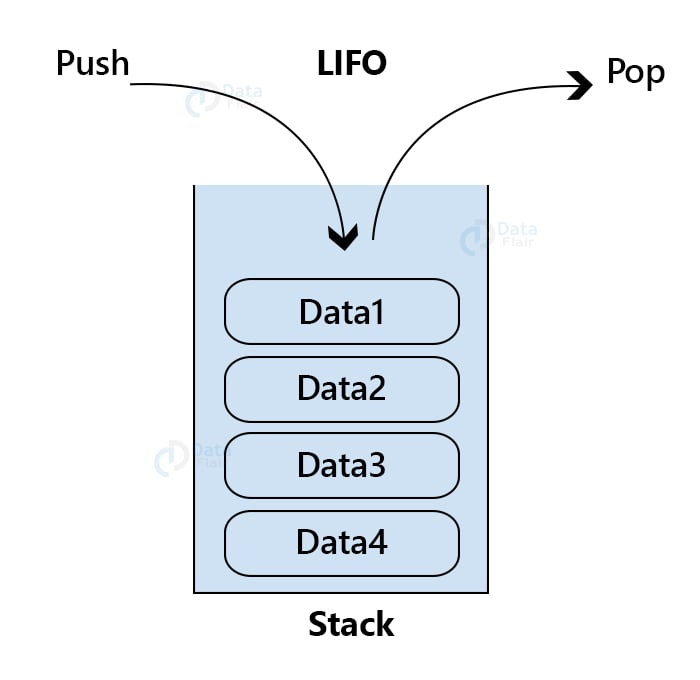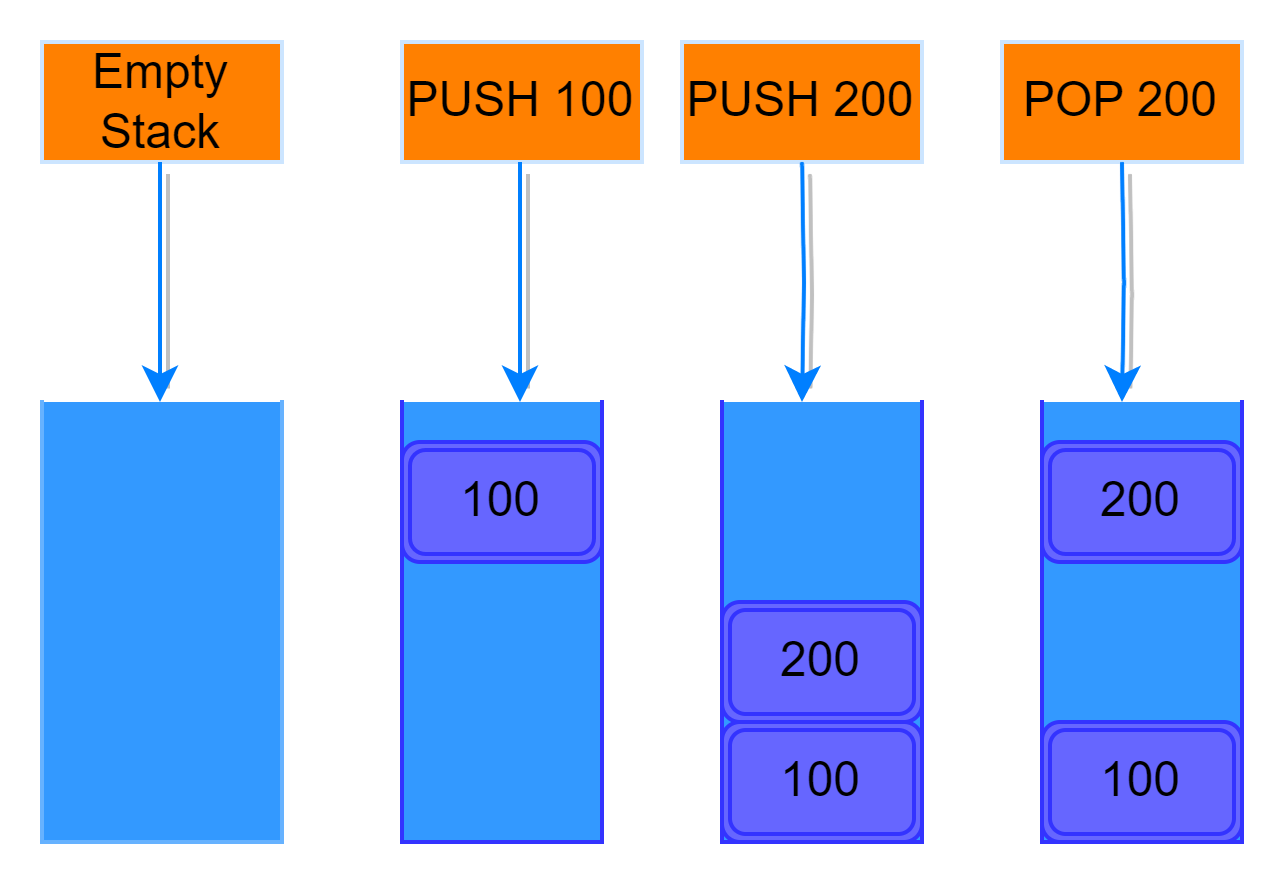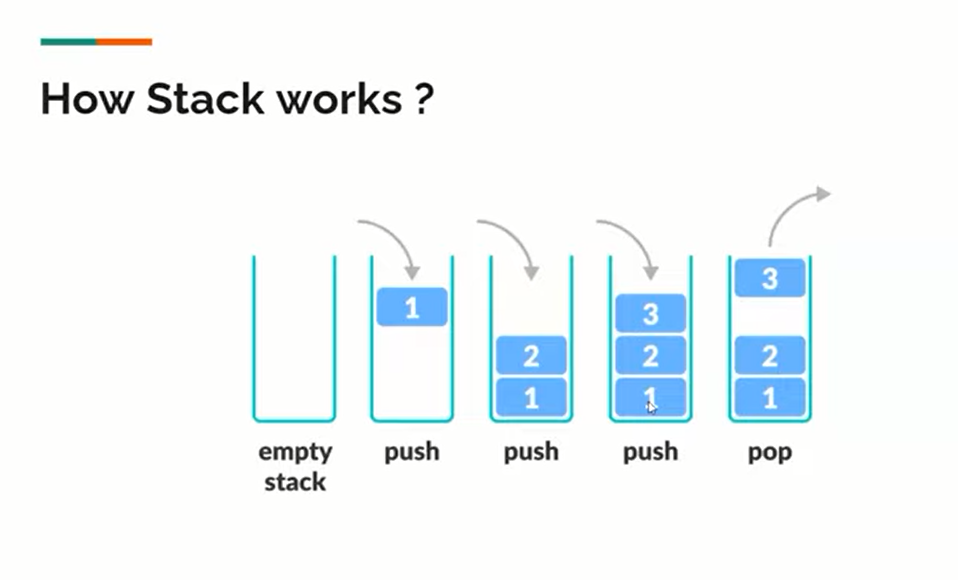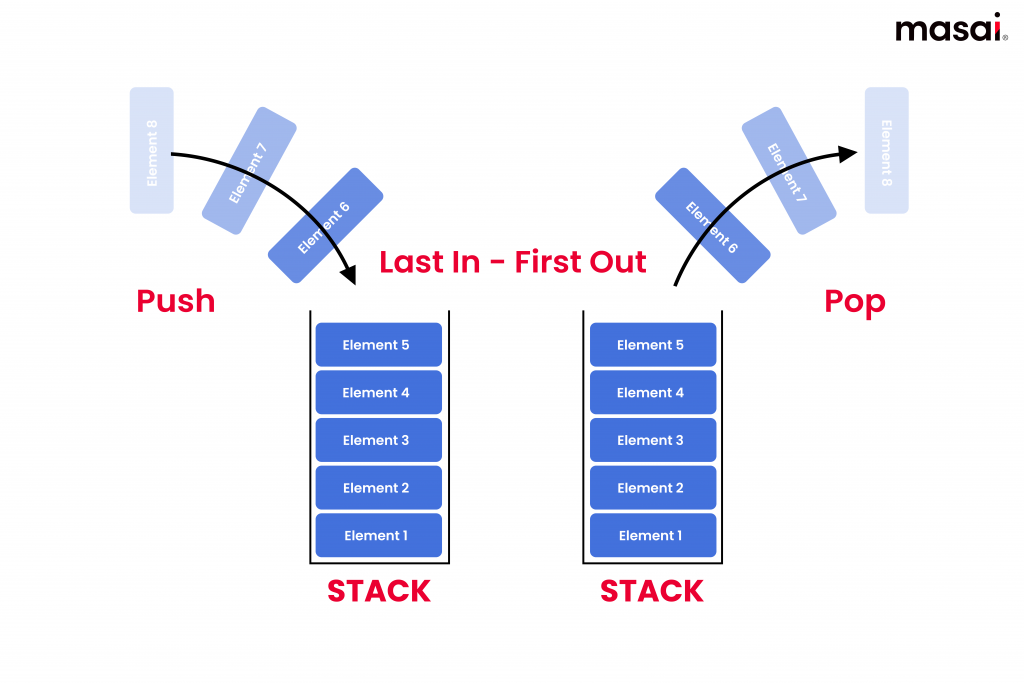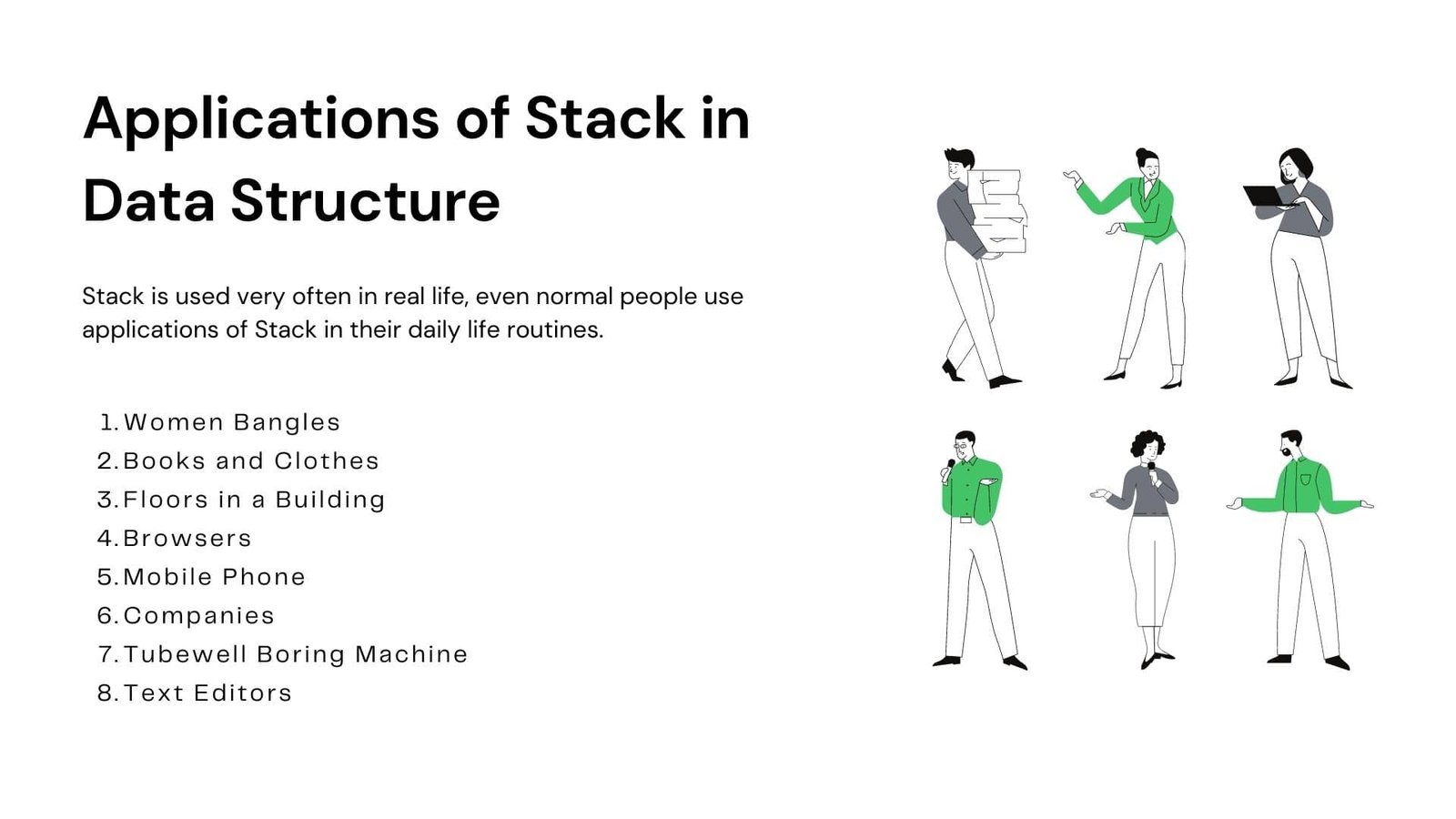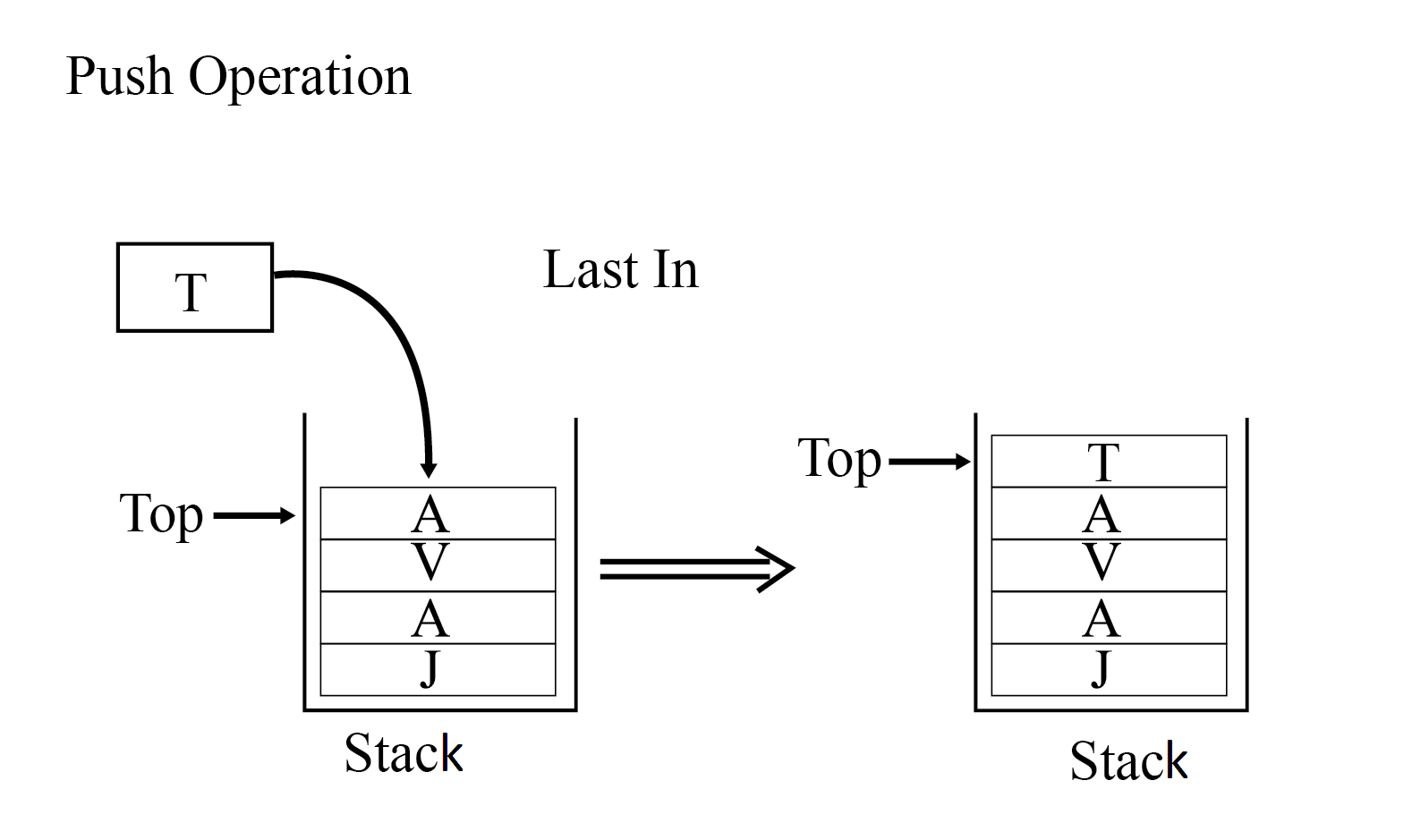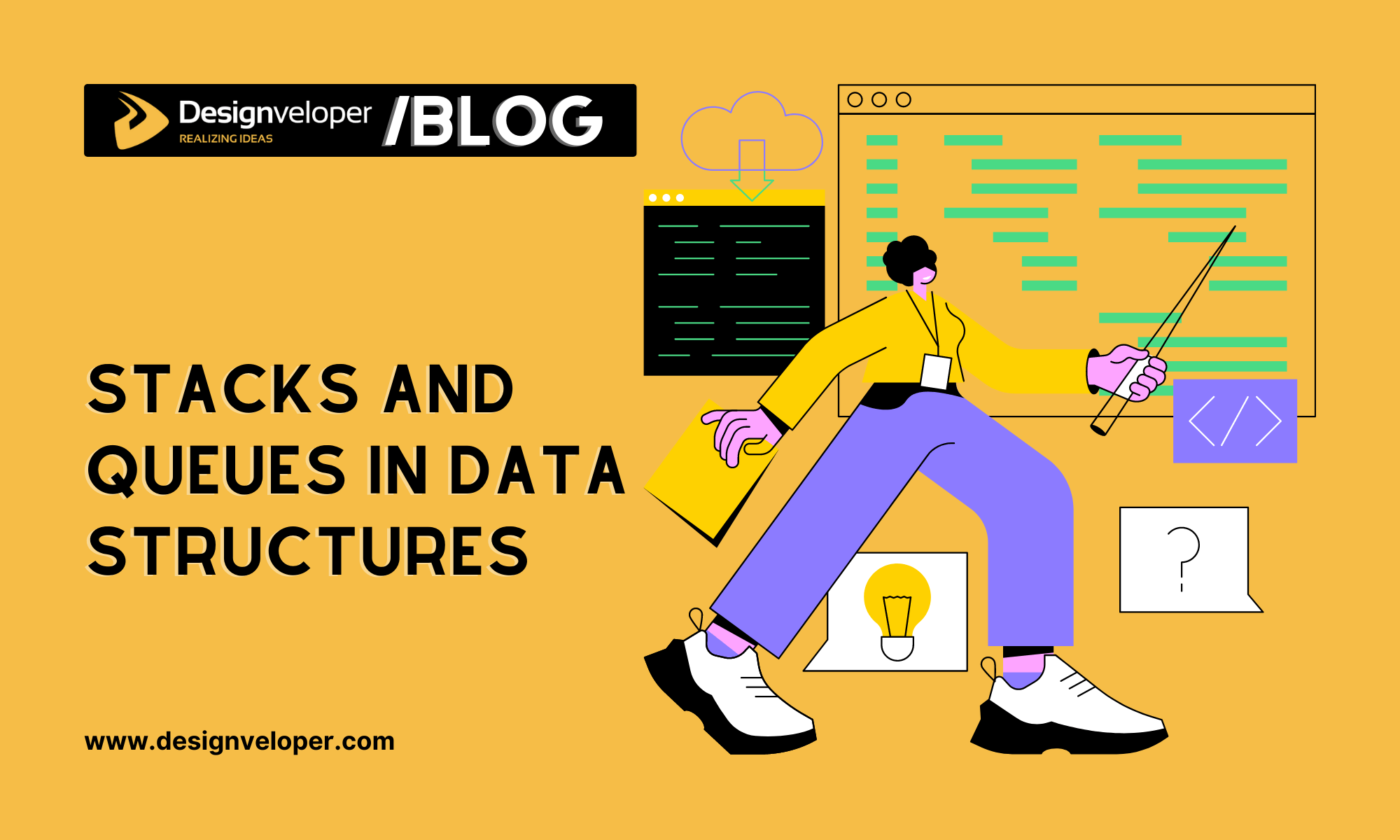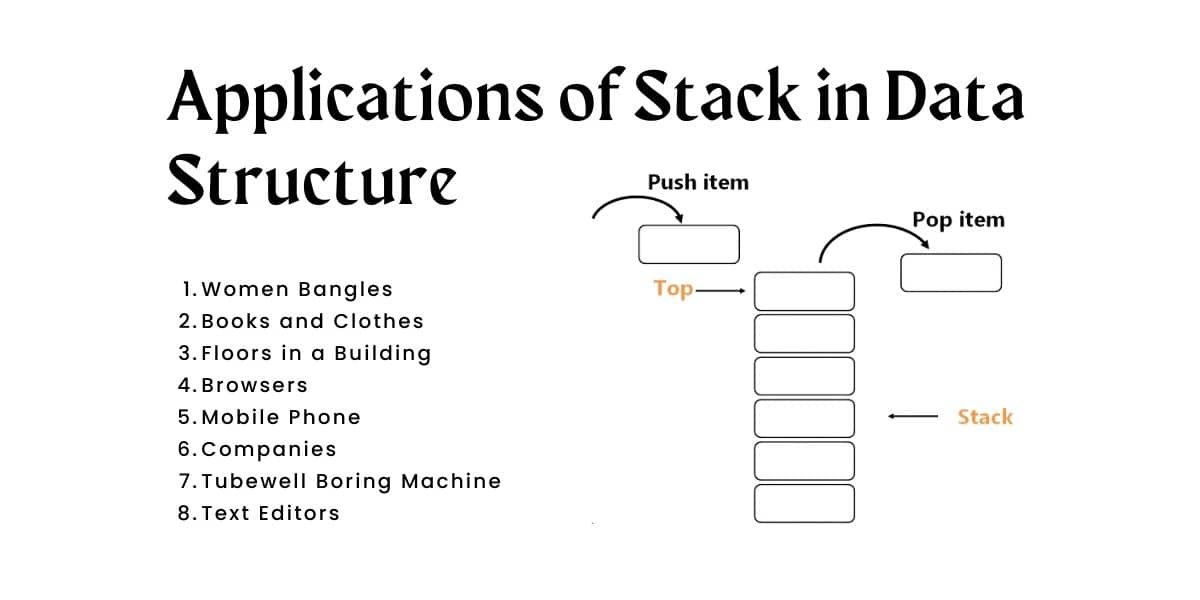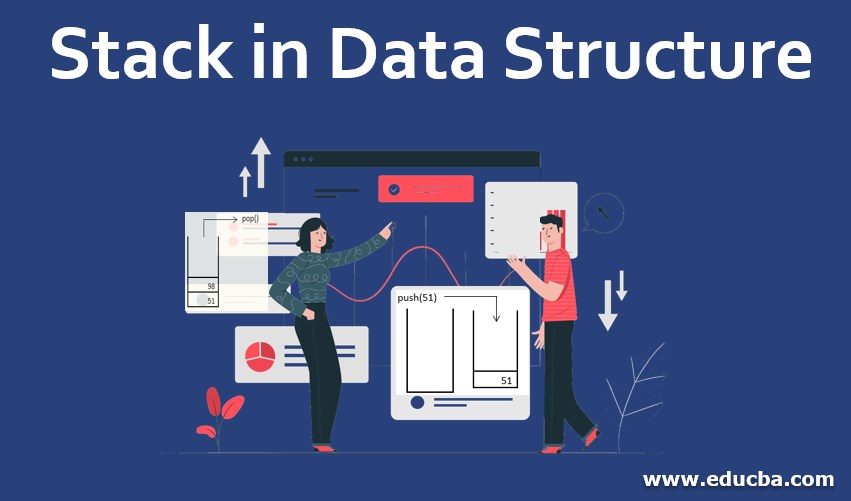Wonderful Tips About What Are The Advantages Of Stack In Data Structure Scatter Plot With Regression Line Stata

There are two principle operations involved with stack;
What are the advantages of stack in data structure. Stack provides a simple and effective way to revert actions. It is a data structure that follows some order to insert and. Stack is used for evaluating expression with operands and operations.
I often find one of the biggest hurdles to understanding a completely new subject is language. Stack is one of the most popular and widely known data structures in computer science, and one of the easiest to learn and understand. You can remove only the top book, and you can only add a new book on the top.
A stack is an abstract data structure that is often used in most programming languages and utilized as a collection of components. The following are the advantages of stack: Insertion and deletion of elements at the top take constant time.
· advantages of stack data structure. Efficient data management: To explain something new, most often requires.
· more in the series. The mean stack offers a range of benefits, such as flexibility, efficiency, and consistency, across the entire development process. It is the process of recording events, errors, and other.
It consumes additional memory, and undo history may become impractical for long sessions. Stack helps you manage the data in a lifo (last in, first out) method, which is not possible with a linked list and array. A stack is an abstract data type that places restrictions on where you can add and remove elements.
I think it is better to use the term data type to refer to things whose behavior is defined by some interface, or algebra, or collection of operations. Memory allocation and optimization are a little outside of the scope of what. Stack allows control over memory allocation and deallocation.
Matching tags in html and xml. Application of stack data structure: Following is the various applications of stack in data structure:
Stacks are popular, linear data structures — or more abstractly a sequential collection. A good analogy is to think of a stack as a stack of books; Stack is a linear data.
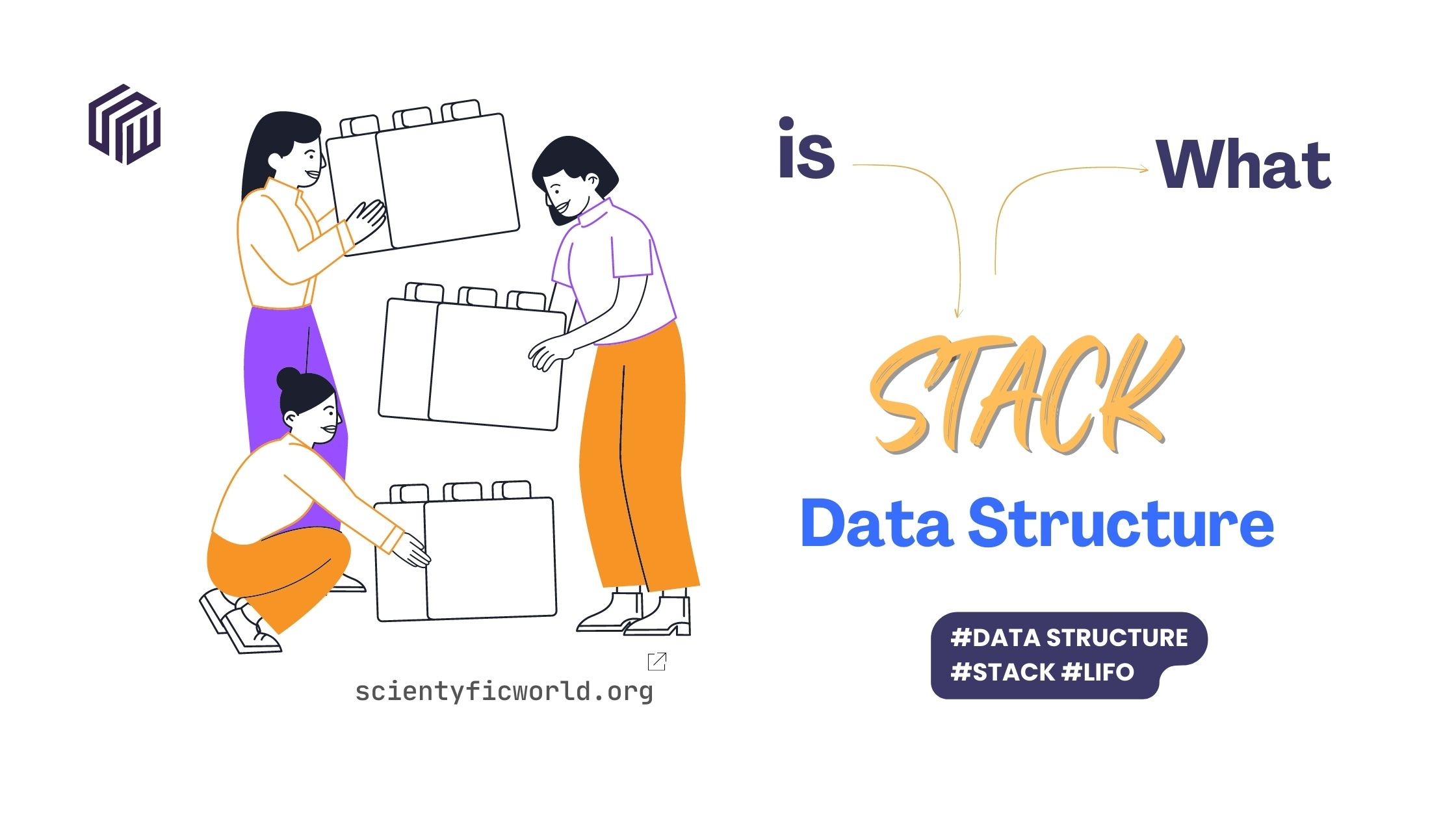
![Implementing Stacks in Data Structures [Updated]](https://www.simplilearn.com/ice9/free_resources_article_thumb/Stack Article - Soni/working-of-stack.png)

